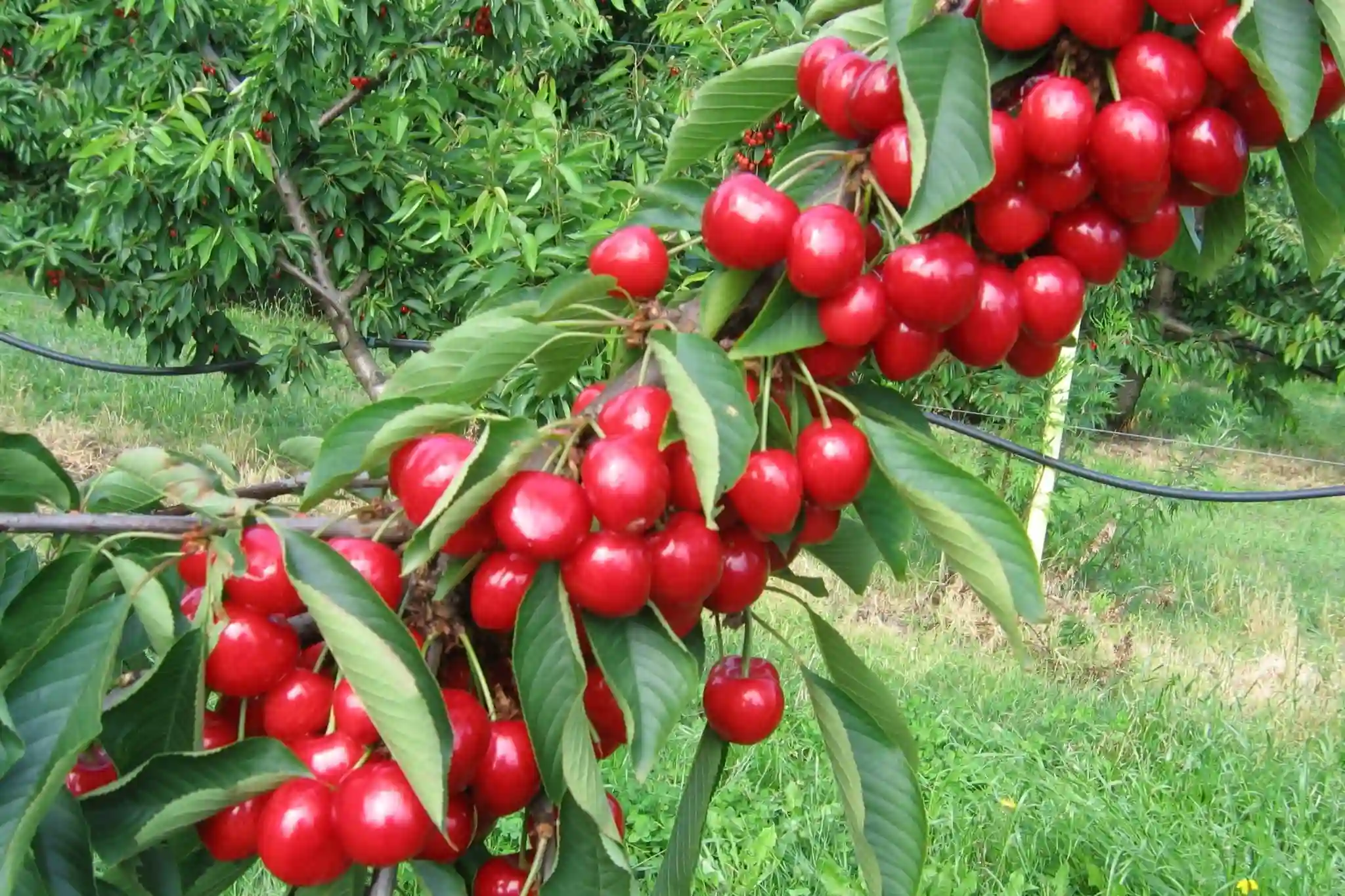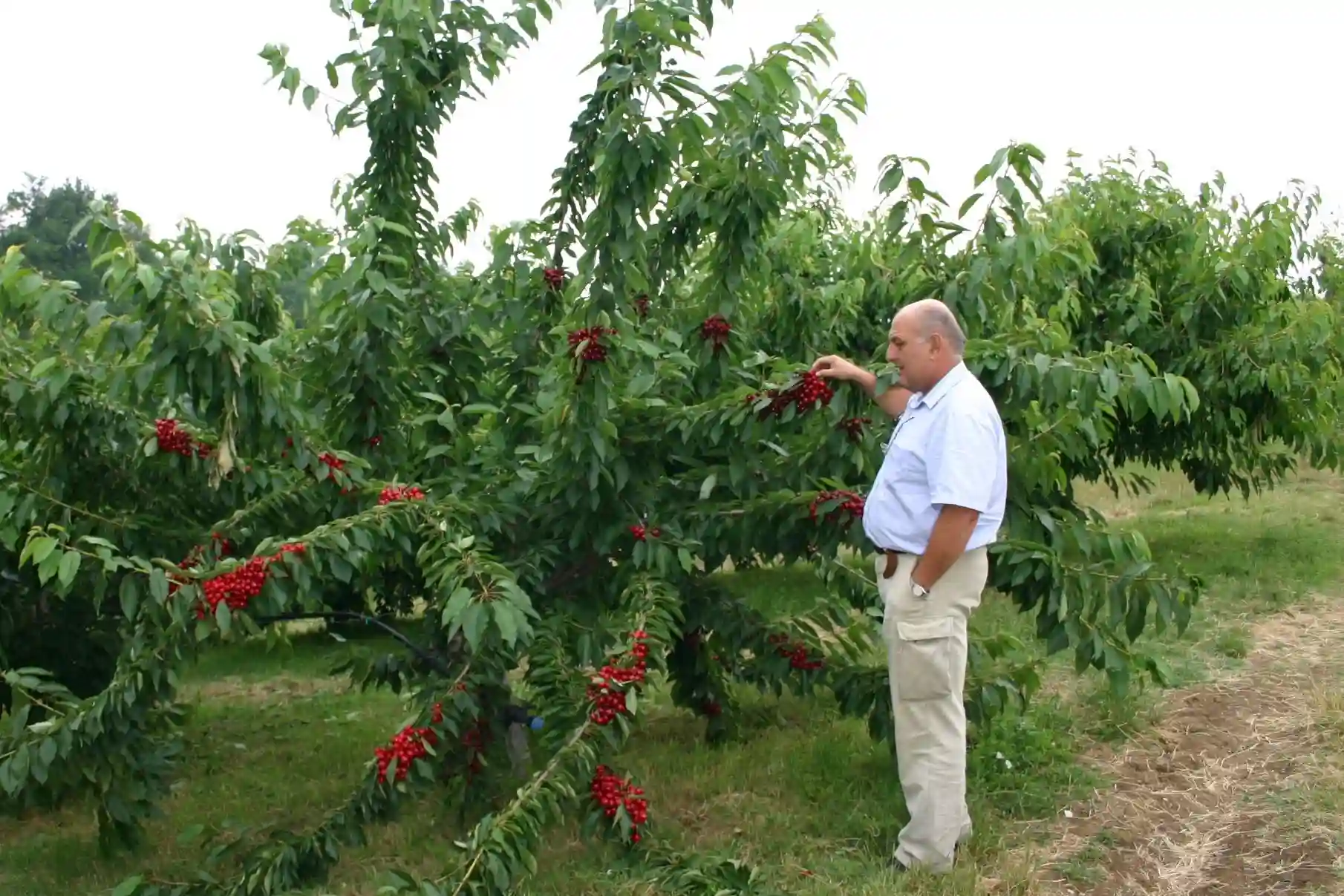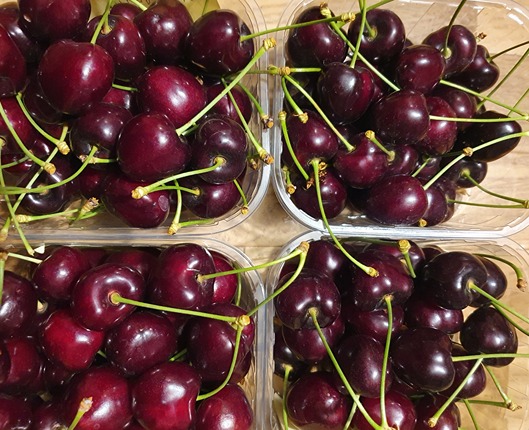The choice of rootstock is one of the most strategic decisions in modern sweet cherry growing, especially in challenging soil conditions and high-density orchards.
A recent study conducted in Serbia evaluated 14 rootstocks, 11 clonal and 3 seedling, assessing their effects on the physical, chemical, and nutritional traits of the fruits of the self-fertile cultivar “Grace Star”, grown on heavy, acidic soils without irrigation.
The results obtained in the 5th and 6th year after planting provide valuable insights, confirming that rootstock, year, and their interaction can significantly modify fruit properties.

Influence of rootstock
Firstly, the study shows that no single rootstock can be considered ideal for all fruit traits: each combination influences in different ways fruit weight, size, sugar content, acidity, phenolic compounds, and antioxidant capacity.
From a physical standpoint, the best performances in terms of fruit size (e.g., fresh weight and dimensions) were obtained with the rootstock “Cigančica”, followed by “Myrobalan” and, to some extent, “Adara”.
These rootstocks are characterized by intermediate to moderately high vigor, and they appear capable of adapting to challenging soil conditions, supporting adequate fruit development and consequently good productivity.
However, both “Cigančica” and “Adara” showed a high production of suckers, a characteristic that may limit their agronomic value. As for Myrobalan, its long-term compatibility with the cultivar requires further verification.
Fruit quality traits
On the other side, the rootstock “PHL-A” tended to produce smaller fruits, with reduced dimensions and shorter peduncle length.
Nevertheless, this rootstock stood out for superior qualitative traits: higher soluble solids, ash content, and elevated levels of secondary metabolites such as anthocyanins, polyphenols, and flavonoids.
Regarding antioxidant content, fruits produced on “PHL-C” and “Cigančica” showed lower antioxidant capacity, whereas “Gisela 6,” “PHL-A,” “Oblačinska,” and “Krymsk 6” ranked among the rootstocks associated with higher values.
This finding confirms that dwarfing or moderately vigorous rootstocks may favor the accumulation of phenolic compounds, although often at the expense of fruit size.
 Grace Star multi-axis pot on Colt
Grace Star multi-axis pot on Colt
Yearly effects and consistency
The effect of the year proved significant for many variables: overall, in the second year of observation, higher values of fruit weight, sugar content, acidity, and phenolic compounds were recorded.
This highlights the importance of seasonal climatic conditions and phenology in shaping fruit characteristics.
The absence of significant interactions for certain variables, particularly secondary metabolites, indicates that the rootstock effect was partly stable over time.
Final considerations
The study’s conclusions confirm that it is not possible to identify a universally optimal rootstock-cultivar combination.
In general, more vigorous (and less productive) rootstocks improved physical traits of the fruit (e.g., size), whereas less vigorous rootstocks enhanced fruit quality and nutritional value.
Moreover, agronomic management can play a decisive role: heavy pruning, fruit thinning, and targeted irrigation and nutritional strategies can compensate for or correct the imbalances introduced by the cultivar-rootstock combination.
In a context where sweet cherry quality is crucial for both the fresh market and processing industry, rootstock choice becomes even more important, especially in difficult soils.
The challenge is not to identify the “best” rootstock, but the one most suited to the pedoclimatic conditions, the cultivar, and the production goals of the orchard.
Source: Milošević, T., Milošević, N., Miletić, N., & Ilić, R. (2025). Rootstocks as factors influencing the fruit quality and antioxidant activity of ‘Grace Star’ sweet cherry. Journal für Kulturpflanzen, 77(01), 47-61. https://doi.org/10.5073/JfK.2025.01.07
Source images: SL Fruit Service
Andrea Giovannini
University of Bologna (IT)
Cherry Times - All rights reserved














